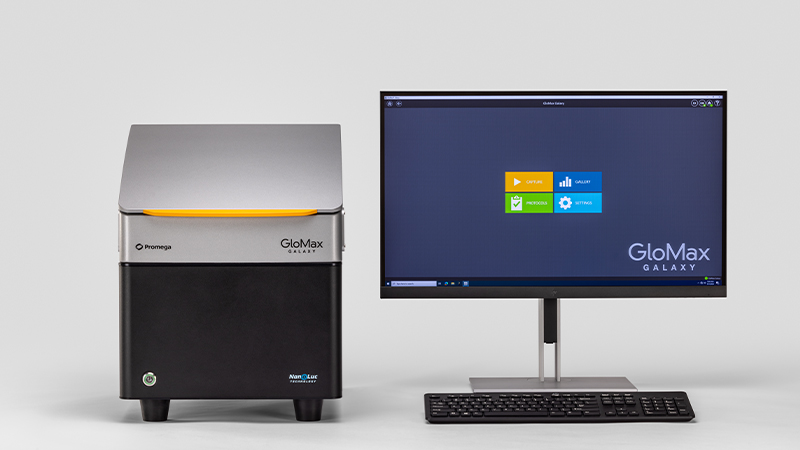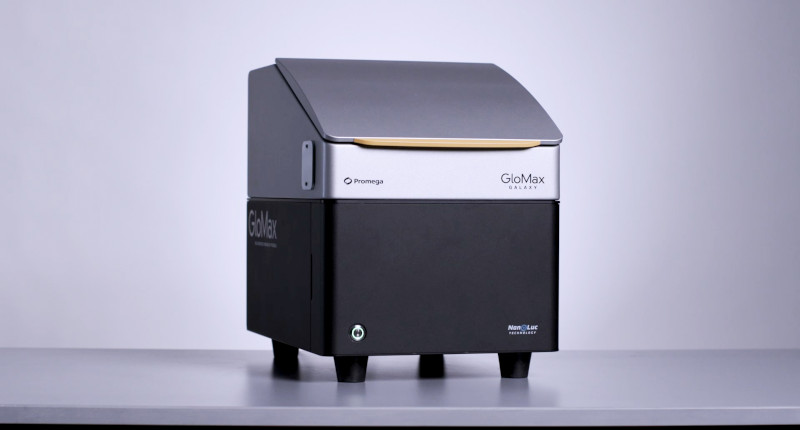GloMax® Galaxy Bioluminescence Imager System
A Bioluminescence Microscope that Enables Functional Imaging of NanoLuc® Technologies
- Research Use Only Device.
- Luminescence, fluorescence and brightfield imaging capabilities
- Image NanoLuc® Luciferase technologies (NanoBiT, HiBiT, NanoBRET) in living and fixed cells
- Study protein dynamics and cellular physiology in real time
Catalog Number:
Choose a Product
Catalog Number: GM4000
Catalog Number: GM4005
Visualize Your NanoLuc® Luciferase Assays with Bioluminescence Imaging
GloMax® Galaxy Bioluminescence Imager is a fully equipped microscope designed to visualize NanoLuc® Luciferase chemistries. Transform your microplate assay results into beautiful and illuminating images through bioluminescence imaging.
- Developed for the visualization of all NanoLuc® technologies, including HiBiT, NanoBiT and NanoBRET.
- Ideal for assay development; validate the same bioluminescent assay reporter used in your system or workflow.
NanoLuc® Luciferase technologies enable a variety of protein reporter applications. GloMax® Galaxy enables the visualization of:
- Protein:protein interactions
- Protein localization and translocation
- Protein degradation and stability
- Ligand:protein interactions (target engagement)
- Targeted cell killing

GloMax® Galaxy luminescence image of EGFR protein fusion with Nano-Glo® HiBiT.
Hear from a Scientist
Sr. Research Scientist Kristin Riching talks applications of the GloMax® Galaxy Bioluminescent Imager.
Image Low-Abundance Endogenous Proteins
Bioluminescence enables the imaging of low-abundance endogenous proteins. Due to the lower photon flux generated through bioluminescence, very few photons are required to observe a reporter tag. Though the low photon flux requires significantly longer exposure times depending on expression level when compared to fluorescence imaging, there is minimal background noise with bioluminescence imaging due to the lack of autofluorescence and autoluminescence in samples.
Relative Luminescence Units (RLU) are commonly used on a plate reader to indicate lower expressing proteins. Due to the signal-to-noise background of bioluminescence, one can observe very low expression targets by simply exposing the sample for longer periods of time.
Imaging low-abundance proteins through bioluminescence. Panel A. Low-abundance endogenous proteins show lower luminescent signals. Relative luminescent units (RLUs) from NanoBiT®-fusion proteins show a 2 log range in luminescent signal between high-abundance (CFL) and low-abundance (HDAC6) endogenous proteins. Panel B. Images of low- and high-abundance endogenous NanoBiT®-fusion proteins captured on the GloMax® Galaxy. HiBiT was inserted into the genomic locus of the target proteins via CRISPR/CAS9 in HeLa cells. LgBiT was expressed ectopically, and binary complementation yields the target protein-NanoBiT® fusion. Image of the high-abundance CFL required a 1-minute exposure. Image of the low-abundance HDAC6 required 3-minute exposure.

Monitor Protein Kinetics Over Time
One of the major benefits of bioluminescent imaging is the inherent stability and sustainability of the bioluminescent signal, which unlike fluorescent tags, does not require external excitation. This lack of external excitation reduces the risk of phototoxicity and photobleaching, common issues that can adversely affect cell viability and signal integrity over time.
Bioluminescent tags allow repeated imaging sessions over days, weeks or months without altering the physiological state of the system under study. Also, subtle changes in bioluminescent signal reflective of protein changes are more easily observed due to the lower photon flux of bioluminescence. This is optimal for studying targeted protein degradation.
Targeted protein degradation over time. HEK293 cells expressing endogenous HiBiT-tagged GSPT1 and stably expressing LgBiT were treated with CC-885 degrader or DMSO control treatment. Assayed with Nano-Glo® Vivazine™ Live Cell Substrate and imaged over 5 hours using GloMax® Galaxy with the Stagetop Incubator/Controller, GloMax® Galaxy.
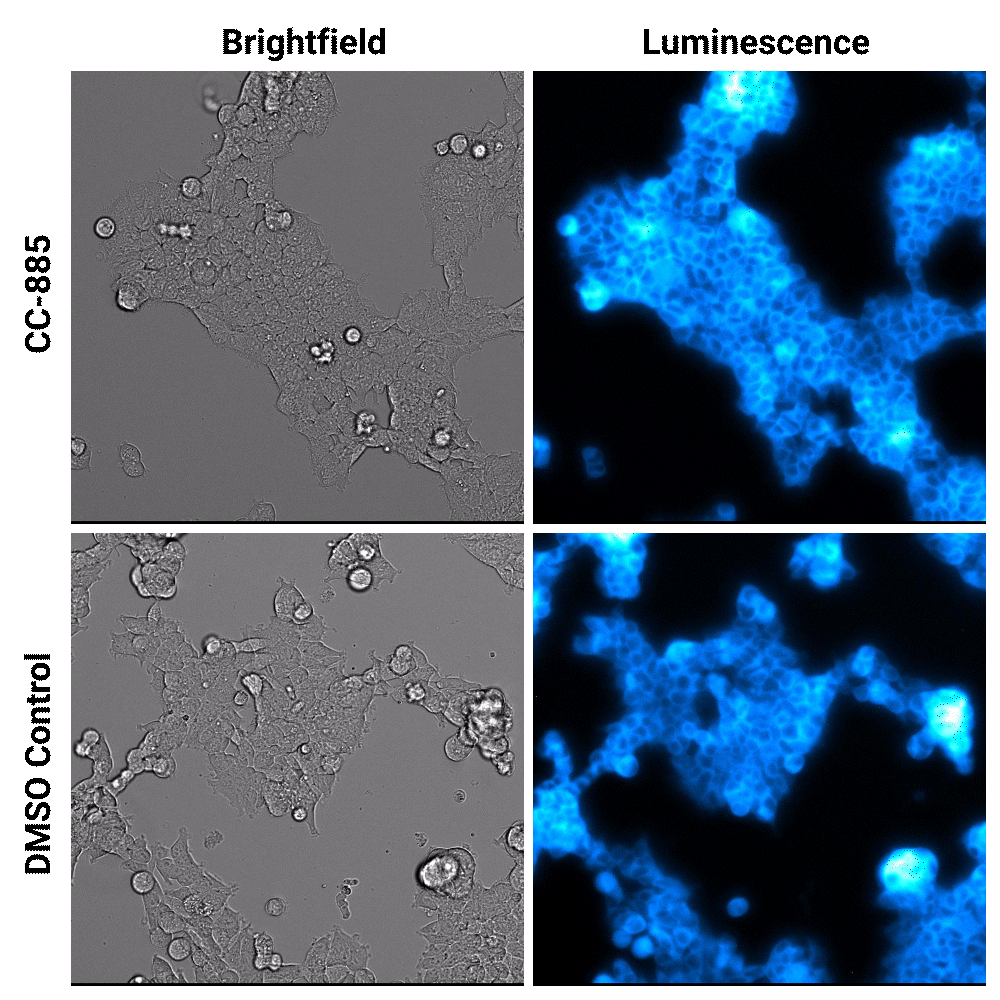
Service and Support

One Call Supports It All
Promega supplies both the reagents and the instrument, so one call to Promega answers any questions you may have about assay chemistries or instrument performance.
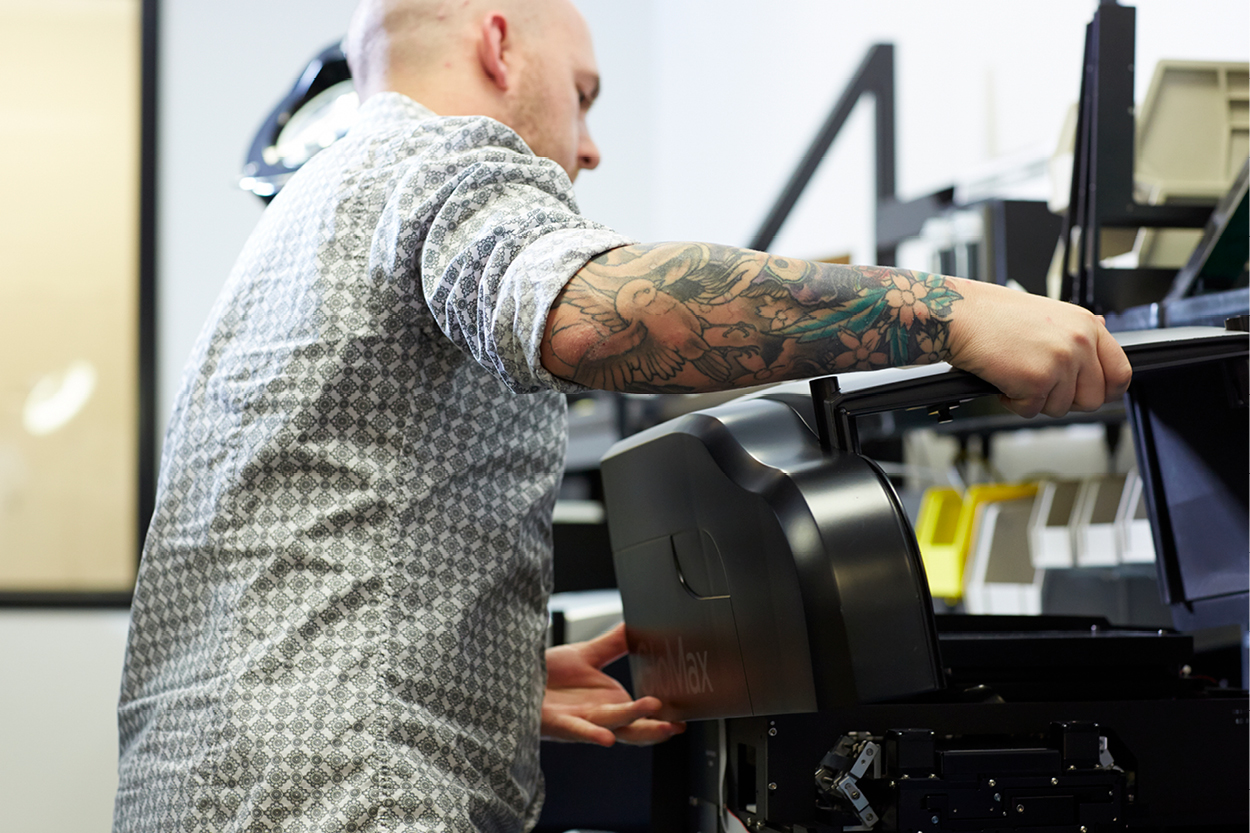
Ensure Minimal Instrument Downtime
- Field Support and Loaner Programs
- Service Packages
- IQ and OQ Packages
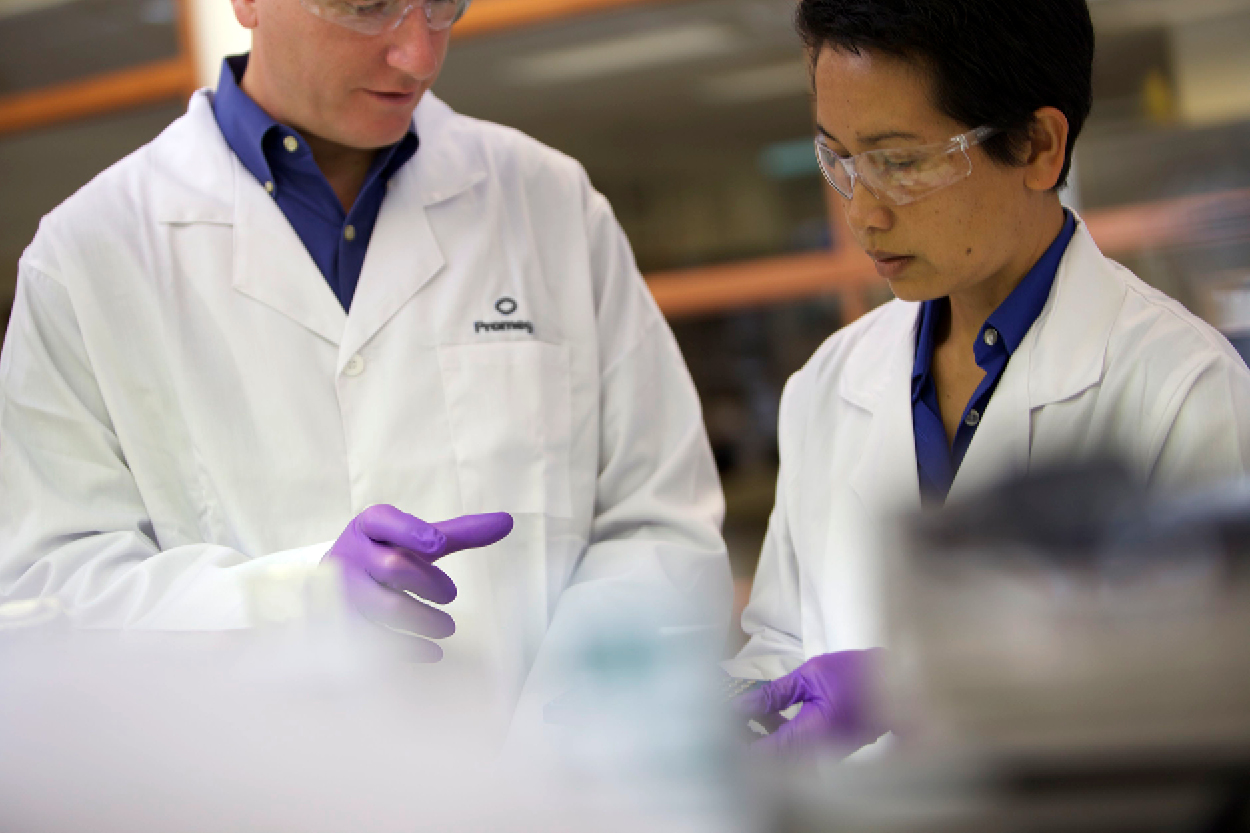
Warranty and Service Agreements
- Backed by a one-year warranty.
- Additional warranty and service agreements are available.
- For more information, contact Promega Technical Services.
Protocols
Design Features and Specifications
| Capture Modes | Luminescence, BRET, Fluorescence and Brightfield |
| Excitation Source | LED, transillumination |
| Dimensions (W × H × D) | 14.7in × 18.8in × 21.0in 37.3cm × 47.7cm × 53.3cm |
| Weight | 62lb (28kg) |
| Resolution Limit | 1.3–2.0µm |
| Power Requirements | 100–240V AC, 50/60Hz |
| Digital Zoom | Up to 100X |
| Objective | Nikon 20X Plan APO Lambda D, 0.75 NA, 1mm WD |
| System Magnification | 10.3X |
| Sensor and Pixel Size | CMOS, 7 megapixel, cooled to –25°C, low noise, >70% quantum efficiency, 4.5µm × 4.5µm pixel size, up to 60-minute exposure |
| Pixel Size | 3200 × 2200 pixels, 4.5µm × 4.5µm pixel size |
| Sample Vessels | Slide, microchamber, 35mm dish, 6-, 12-, 24- and 96-well plates |
| Maximum Field of View | 1.4mm × 0.95mm |
| Focus Mechanism | Motorized, with manual focus to submicron resolution (0.3125µm) |
| Environment Control | Optional: Stagetop chamber and controller with built-in gas mixer |
| Use Restrictions | Research Use Only Device. |
| Manufacturer | Tokai Hit |
| Dimensions | 151mm × 263mm × 196mm |
| Weight | 4.1kg |
| Controller | Provides electronic control of temperature and gas |
| PC Software | Data logging |
| Stagetop Chamber | Top heater equipped with glass heater to prevent condensation, external sensor, and vessel holders for well plates, 35mm and 50/60mm dishes, chamber slides, chambered cover glass |
| Sample Temperature Range | 30°C to 40°C in 0.1°C increments; accuracy within +/– 0.1°C |
| Humidity | Up to 85% Rh; integrated water reservoir |
| CO2 Concentration Range | 5.0%–20.0%; accuracy within +/– 0.1°C |
| Input Gas Pressure | Using a 100% CO2 cylinder: 0.1MPa–0.15MPa |
| Output Gas Pressure | 160ml/minute |
| Power for Controller | 100–240V AC, 50/60Hz; maximum consumption 100W |
| Not Included. Must be provided by user. |
|
Catalog Number:
SDS
Search for SDSCertificate of Analysis
Use Restrictions
For Research Use Only. Not for Use in Diagnostic Procedures.Storage Conditions
SDS
Search for SDSCertificate of Analysis
Use Restrictions
For Research Use Only. Not for Use in Diagnostic Procedures.Storage Conditions
Resources
Articles
- Innovative Imaging Solutions for Target Protein Degradation
- Blog Article: Visualize Protein:Protein Interactions with Bioluminescence Imaging
- Visualize Protein-Protein Interactions on the GloMax® Galaxy : A New Era in Bioluminescence Imaging
- Advancing Therapeutic Insights: The Impact of NanoBRET® Target Engagement
Related Products
| Product | Catalog Number |
| Stagetop Incubator and Controller, GloMax® Galaxy | GM4010 |
| GloMax® Galaxy Petri Dish Holder Insert | GM4021 |
| GloMax® Galaxy Microplate Holder Insert | GM4020 |
| GloMax® Galaxy 1-Position Slide Holder Insert | GM4022 |
| GloMax® Galaxy UV 375/20nm Fluorescence Module | GM4030 |
| Blue 480/30nm Fluorescence Module, GloMax® Galaxy | GM4031 |
| Green 540/25nm Fluorescence Module, GloMax® Galaxy | GM4034 |
| Green 560/40nm Fluorescence Module, GloMax® Galaxy | GM4032 |
| Red 620/60nm Fluorescence Module, GloMax® Galaxy | GM4033 |
| GloMax® Galaxy Standard Service Agreement, 1-year | SA1541 |
| GloMax® Galaxy Standard Service Agreement, 2-year | SA1551 |
| GloMax® Galaxy Standard Service Agreement, 3-year | SA1561 |
| GloMax® Galaxy Premier Service Agreement, 1-year | SA1511 |
| GloMax® Galaxy Premier Service Agreement, 2-year | SA1521 |
| GloMax® Galaxy Premier Service Agreement, 3-year | SA1531 |
| GloMax® Galaxy Preventive Maintenance | SA1488 |
| GloMax® Galaxy Installation and Operational Qualification | SA1490 |
| GloMax® Galaxy Operational Qualification | SA1501 |
| GloMax® Galaxy Installation Qualification | SA1502 |
| GloMax® Galaxy Premier Warranty Upgrade | SA1484 |
Similar Products
Frequently Used With
Nano-Glo® HiBiT Extracellular Detection System
A luminescent live-cell method to detect HiBiT-tagged proteins on the cell surface or secreted into the medium.
N2420, N2421, N2422
NanoBRET® Target Engagement Kinase Assays
Directly measure kinase-ligand binding affinity, occupancy and residence time in live cells.
N2520, N2521, N2540, N2501, N2500, N2530, N2600, N2601, N2620, N2621, N2630, N2631, N2640, N2641, N2650, N2651, NF1001, N2810, N2820, N2830, N2840, N2850, NF1200
Nano-Glo® Luciferase Assay System
Add-mix-measure assay for NanoLuc® Luciferase with >2 hour half-life in most applications.
N1110, N1120, N1130, N1150
ViaScript™ LgBiT mRNA Delivery System
Quantify endogenous protein expression in real time.
NE1120, NE1130, NE1140
